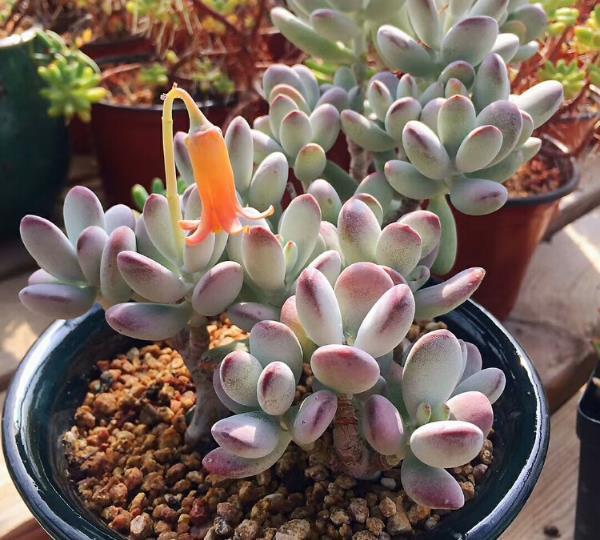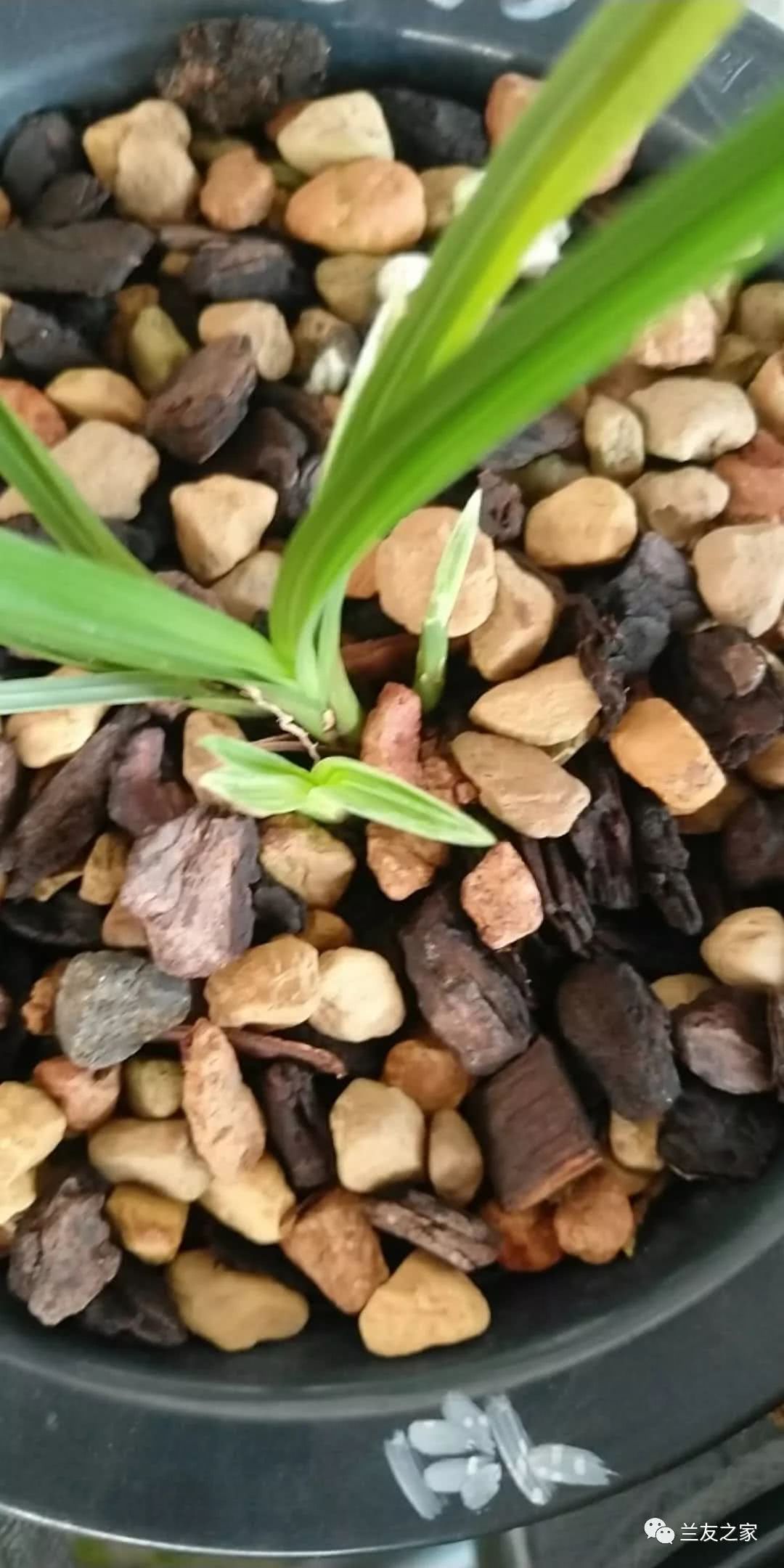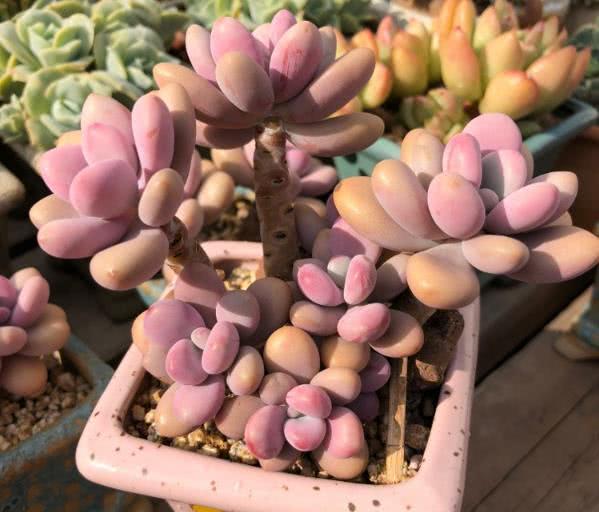The leaves of succulent plants are beginning to rot and become weak and lethargic. It's not too late to save them.

The leaves of succulent plants begin to rot, and it is concluded that the cause of mildew is related to watering, air humidity, and ventilation. If too much water is watered in summer, the soil moisture will be too high to discharge excess water, and the roots will rot and become moldy. Most succulent plants refer to some plants such as Cactaceae, crassulaceae, Amygdaceae, Euphorbiaceae, Liliaceae, etc., and the most primitive growing environment is in arid tropical areas, so if Rain Water is frequent, it will undoubtedly cause mildew and rot of succulent plants.
Succulent plants of the genus Tetranychus do not actually need a lot of water, especially in summer, but those white mildew spots do not seem to have much effect on succulent plants. The best way to prevent mildew of succulent plants is to prevent Rain Water from eating too much, not to water too much, and to put them in a ventilated place. The so-called temporary cure, the treatment of succulent plant mildew mainly has three aspects, one is to change the soil, if the root mildew, can be cut off the affected place, switch to sandy soil to continue to grow, conducive to drainage and moisture penetration. The second is to break off the diseased leaves to block mold transmission, and the third is to use agents to sterilize.
Too much succulent water will cause plants to rot due to lack of oxygen in their roots to a certain extent, so it is better to loosen the soil for succulent plants in summer. When you find that the roots of succulent plants have rotted away, the only solution is to cut off all the rotten roots until you see the fresh succulent roots, spray more carbendazim and dry them in a cool and ventilated place for a few days. In fact, in addition to mildew, summer succulent plants are prone to another problem: leaf discoloration and scorching. This is because the summer temperature rises, if you still often bask in the sun, the leaves will be aging, discoloration and tip scorching. It is recommended to put it in a half-yin and half-yang environment.
The fester of the root system of twelve-roll succulent plants is more difficult to judge in summer, because the speed of festering in summer may be unusually fast, directly invading the main stem, and after your flood, you can directly enter the stem tissue in the shortest 3-5 days, resulting in irreparable whole plant rot. the high temperature in summer accelerates the metabolism of microorganisms, and the twelve-roll plants with heavy water can fester more quickly and thoroughly, so they can fester more quickly and thoroughly. When dormant in summer, it is safer for twelve volumes to lengthen the rhythm of water supply and let the plant keep a certain degree of dormancy and collapse.
Succulent plants have rotted, how to treat them? To see how rotten it is, if most of the roots are rotten, it depends on its nature. A small part of the rotten ones bask in the sun more and water less. Don't put them in direct sunlight in summer. Succulent plants store more water on their leaves. If they are exposed directly, they will be ripe. Rot may be because you water too much or the soil is too wet, try to keep dry, succulent plants like the sun, drought tolerance, there is no need to water regularly.
If the rotten roots of succulent plants are slightly more serious, the leaves can be gently cut off and the perfectly healthy leaves can be laid flat on the surface of the soil layer, so that they can take root and sprout 15 days later; you can also use oblique insertion, so that the sprouting is a little slower, which ensures that the roots can be inserted directly into the soil. It should be noted that during this period of time, to avoid strong light, it is most appropriate to put it in an astigmatism or even a hidden place. If the rotten roots are relatively mild, you can clean up the rotten roots with scissors. Note that none of the rotten roots can be left behind. Then smear carbendazim on the wound to sterilize, dry the root of the wound and put it on the basin. In the future, pay attention to do not let stagnant water in the basin, dry before watering, watering thoroughly.
This is a gathering place for succulent plant lovers to share succulent conservation skills.
- Prev

Collected by Lao Yan Lecture Hall (7)
Lao Yan Lecture Hall (7) author: today, Lao Yan mainly tells you about orchid water control, proper water control is conducive to orchids to flower buds, especially in this season. First of all, I would like to tell you why to control water? Because orchids act as.
- Next

If you raise succulent plants in summer, you should avoid these two problems so that sunburn will not make the plants strong.
The first problem is watering. Succulent plants are prone to water shortage in hot summers. many flower friends begin to replenish water to succulent plants, but such rehydration is the direct cause of succulent deaths. Because...
Related
- Wuhan Hospital Iron Tree Blooming Result Was Instantly Frightened by the Gardener Master
- Which variety of camellia is the most fragrant and best? Which one do you like best?
- What is the small blue coat, the breeding methods and matters needing attention of the succulent plant
- Dormancy time and maintenance management of succulent plants during dormancy
- Minas succulent how to raise, Minas succulent plant pictures
- What are the varieties of winter succulent plants
- How to raise succulent plants in twelve rolls? let's take a look at some experience of breeding twelve rolls.
- Attention should be paid to water control for succulent plants during dormant period (winter and summer)
- Watering experience of twelve rolls of succulent plants
- Techniques for fertilizing succulent plants. An article will let you know how to fertilize succulent plants.

